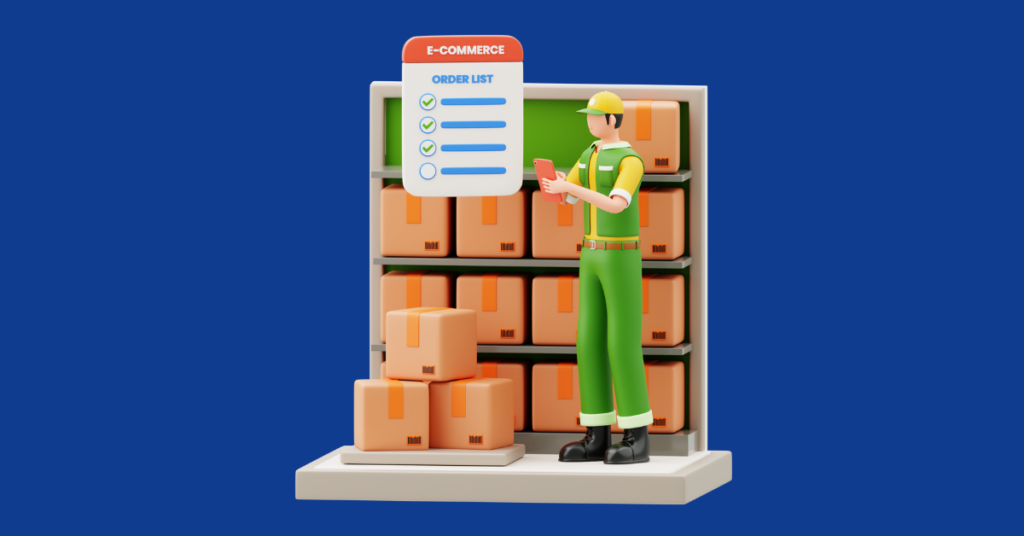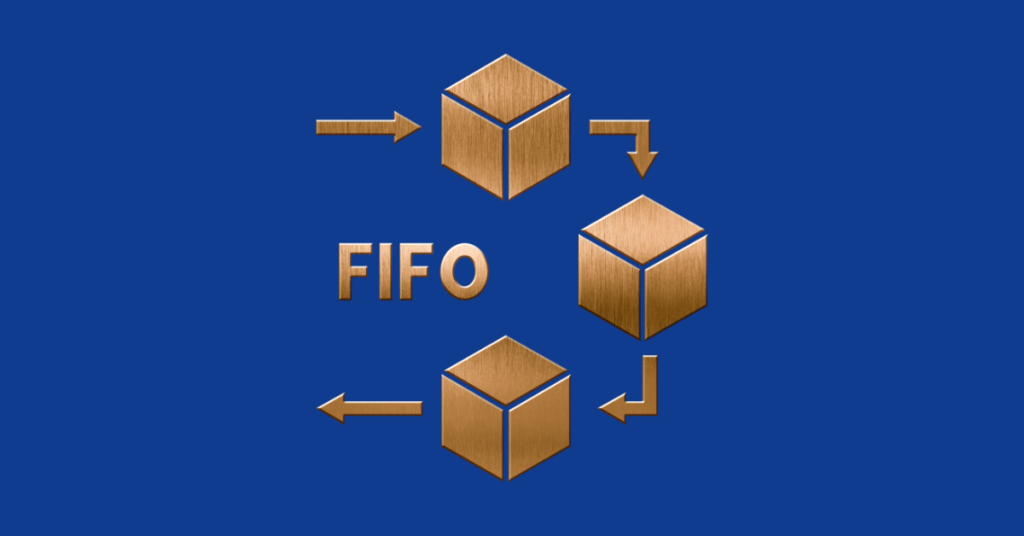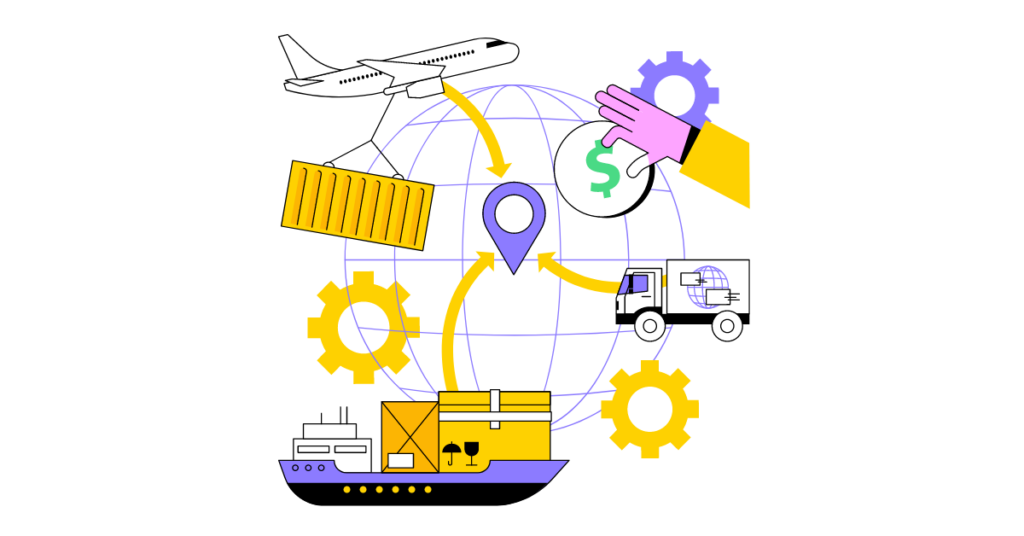How to Control Inventory in a Warehouse

Effective warehouse inventory management is crucial for any business that stores and sells products. Efficient inventory control helps maintain stock levels, orders are processed promptly, and the warehouse operates smoothly. This blog will delve into essential strategies for controlling inventory in a warehouse, focusing on key aspects like warehouse management systems, differences between inventory and […]
How to Organize Inventory in a Warehouse

Effective warehouse inventory organization is critical to ensuring smooth operations, reducing costs, and meeting customer demands efficiently. For many businesses, especially those dealing with large quantities of products, poorly managed warehouse spaces can lead to costly errors, misplaced items, and delayed orders. Organizing your inventory in a warehouse can not only streamline your processes but […]
What is Takt Time?

In today’s fast-paced manufacturing environment, meeting customer demand without overproducing or underutilizing resources is a challenge that many businesses face. One key concept that helps solve this problem is takt time. Derived from the German word for “beat” or “rhythm,” takt time sets the pace for production, ensuring that goods are produced at the right […]
FIFO vs. LIFO Method

When managing inventory, accounting professionals typically use two primary methods: FIFO (First In, First Out) and LIFO (Last In, First Out). These methods serve as the backbone for determining the cost of inventory and directly impact profitability, taxes, and financial reporting. While FIFO is often preferred due to its adherence to common consumption patterns, LIFO […]
How to Calculate FIFO Cost of Goods Sold

Accurately calculating the Cost of Goods Sold (COGS) is crucial for any business that deals with inventory. The FIFO (First In, First Out) method is one of the most widely used inventory valuation methods, and it plays a significant role in determining COGS. In this blog, we’ll explore how to calculate FIFO COGS, compare it […]
What is Landed Cost?

Understanding the full cost of acquiring products is crucial for businesses, especially those involved in importing goods. This total expense, known as landed cost, encompasses not just the purchase price but also all associated costs from the supplier to the final destination. Landed costs include shipping, customs duties, insurance, handling fees, and other charges that […]
How to Barcode My Products

Barcoding your products is an essential step in modernizing your business operations. Barcodes offer a simple and effective way to manage inventory, track products, and enhance customer experiences. Whether you’re a small business owner or an entrepreneur just starting out, learning how to barcode your products can significantly improve your efficiency. This guide will help […]
What is MRO Inventory?

MRO inventory, or Maintenance, Repair, and Operations inventory, is essential for keeping machinery and facilities in top shape. Unlike production inventory, which directly impacts production, MRO inventory supports ongoing operations. It includes items like tools, replacement parts, and safety gear. Proper management of MRO inventory is crucial for maintaining efficiency and avoiding disruptions. In this […]
How to Read Lot Numbers

In inventory management, understanding how to read lot numbers is crucial for maintaining quality control and ensuring efficient operations. Whether dealing with food products, pharmaceuticals, or other goods, the ability to accurately interpret lot numbers can significantly impact your supply chain management. This guide will cover everything you need to know about lot numbers, including […]
How to Calculate Cost of Materials

Accurately calculating the cost of direct materials is essential for businesses that manufacture products or handle inventory. Understanding direct material costs helps in budgeting, pricing, and maintaining profitability. Whether you’re a small business owner or a supply chain manager, knowing how to calculate direct materials used effectively can drive better financial decisions and operational efficiency. […]


